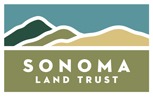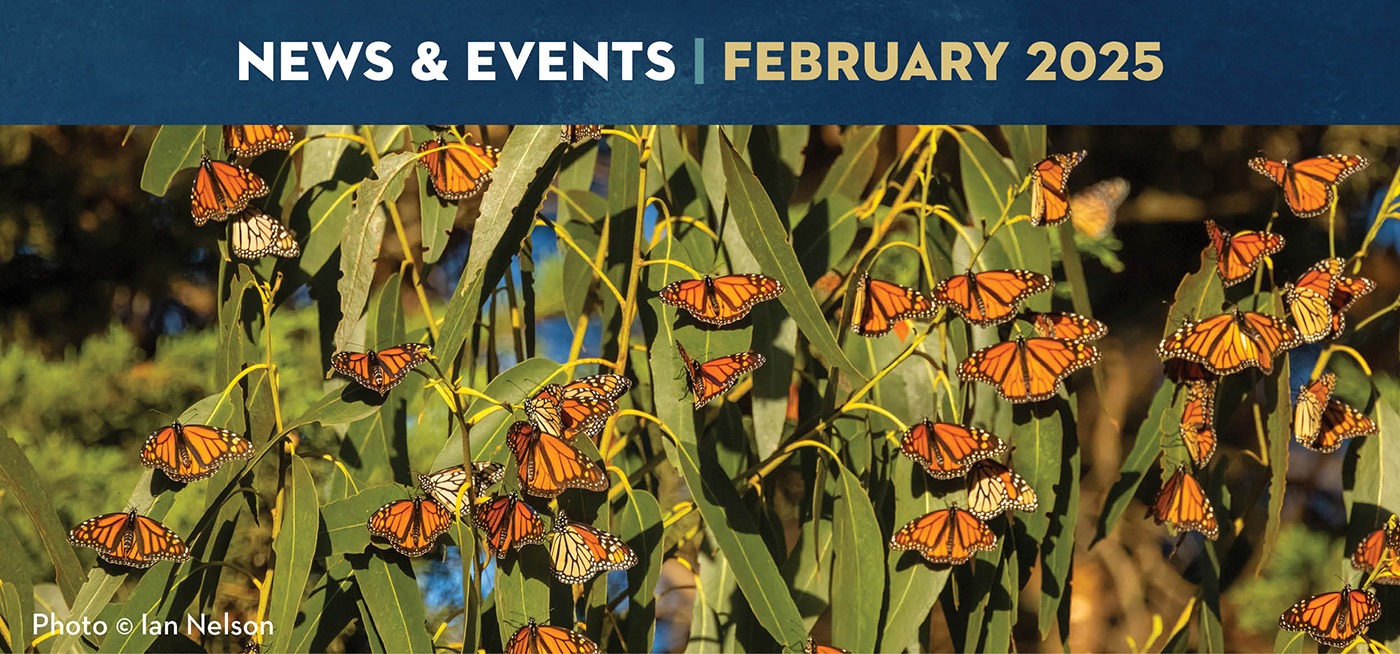
Healthy lands for threatened wildlife: saving monarchs and more!
Across the country, land trusts proactively rebuild habitats to support threatened species, going beyond land conservation into projects that address their specific needs. By building burrowing owl tunnels, creating beaver dam analogs, and extending water retention for longer amphibian breeding cycles, they mimic or enhance natural processes essential for survival. These innovative efforts demonstrate that even small, targeted actions can rebuild ecosystems and make a big difference for declining populations, reaffirming land trusts’ commitment to protecting biodiversity and sustaining life. Learn more about how we are giving nature a helping hand!
Gina Fabiano, Director of Marketing

Protection for monarchs can unify conservation efforts
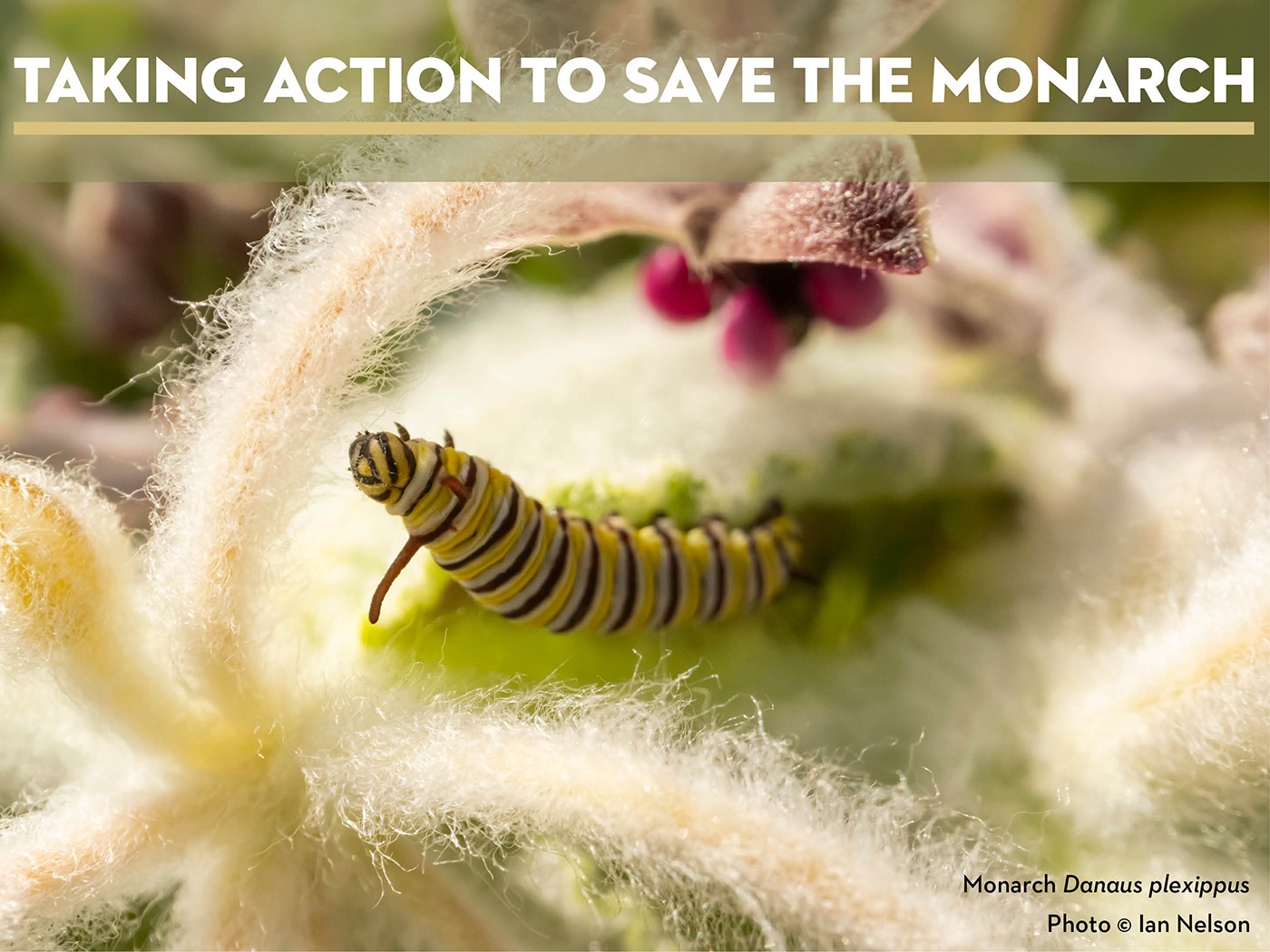
Monarch butterflies will be listed as a threatened species by the U.S. Fish and Wildlife Service by the end of 2025. For over a decade, scientists, insect-lovers, and numerous partners such as The Xerces Society and The Center for Biological Diversity have been advocating for this federal designation, in response to the grim data showing a 95% decline in the monarch population in western North America. This designation could change the future of monarchs–and all the species that share their habitat.
We know that monarchs are here in Sonoma County, with confirmed overwintering sites in the Bodega Bay area and egg-laying observations along the San Pablo Bay, as documented on iNaturalist’s monarch mapper. This means we are in a great position to help this species in key conservation areas for monarchs across Sonoma County.
When species like the monarch (Danaus plexippus) are listed under the Endangered Species Act (ESA), positive impacts can follow. To date, the ESA has prevented extinction for over 99% of listed species. One reason for this success is because the listing isn’t just a list. It is a call to action that can create a unified conservation plan that works. It also identifies and prioritizes the conservation of critical habitat, which for the monarch, would mean an additional 4,395 protected acres along the California coast, where monarchs overwinter (NPR).
If we lose monarchs, we lose the balance that our ecological homes have taken millennia to perfect, because many species–especially birds and plants–depend on monarchs. A thriving monarch population is not just a symbol, but rather, a sign of larger ecosystem balance and health. Change is in store for the future of monarchs, us humans, and the habitats we all need to thrive. Read more to see how you can help monarchs succeed.
Una mayor protección de las monarcas puede unificar los esfuerzos de conservación
La mariposa monarca será catalogada como especie amenazada por el Servicio de Pesca y Vida Silvestre de EE.UU. a finales de 2025. Durante más de una década, científicos, amantes de los insectos y numerosos socios como la Sociedad Xerses y el Centro para la Diversidad Biológica han abogado por esta designación federal, en respuesta a los sombríos datos que muestran un descenso del 95% de la población de monarcas en el oeste de Norteamérica. Esta designación podría cambiar el futuro de las monarcas y de todas las especies que comparten su hábitat.
Sabemos que las monarcas están aquí en el condado de Sonoma, con sitios de hibernación confirmados en la zona de Bodega Bay y observaciones de anidación a lo largo de la bahía de San Pablo, según lo documentado en el mapa de monarcas de iNaturalist. Esto significa que estamos en una gran posición para ayudar a esta especie en áreas clave para la conservación de las monarcas en todo el condado de Sonoma.
Cuando especies como la monarca (Danaus plexippus) se incluyen en la lista de la Ley de Especies en Peligro de Extinción (ESA), pueden producirse impactos positivos. Hasta la fecha, la ESA ha evitado la extinción de más del 99% de las especies incluidas. Una de las razones de este éxito es que la inclusión en la lista no es sólo una lista. Es una llamada a la acción que puede crear un plan de conservación unificado que funcione. También identifica y prioriza la conservación del hábitat crítico, que para la monarca significaría 4.395 acres adicionales protegidos a lo largo de la costa de California, donde las monarcas pasan el invierno (NPR).
Si perdemos a las monarcas, perdemos el equilibrio que nuestros hogares ecológicos han tardado milenios en perfeccionar, porque muchas especies -especialmente aves y plantas- dependen de las monarcas. Una población próspera de monarcas no es sólo un símbolo, sino más bien una señal del equilibrio y la salud de un ecosistema más amplio. Se avecinan cambios para el futuro de las monarcas, de nosotros los humanos y de los hábitats que todos necesitamos para prosperar.
Siga leyendo para saber cómo puede contribuir al éxito de las monarcas.
Wildlife on the brink: what you can do to help
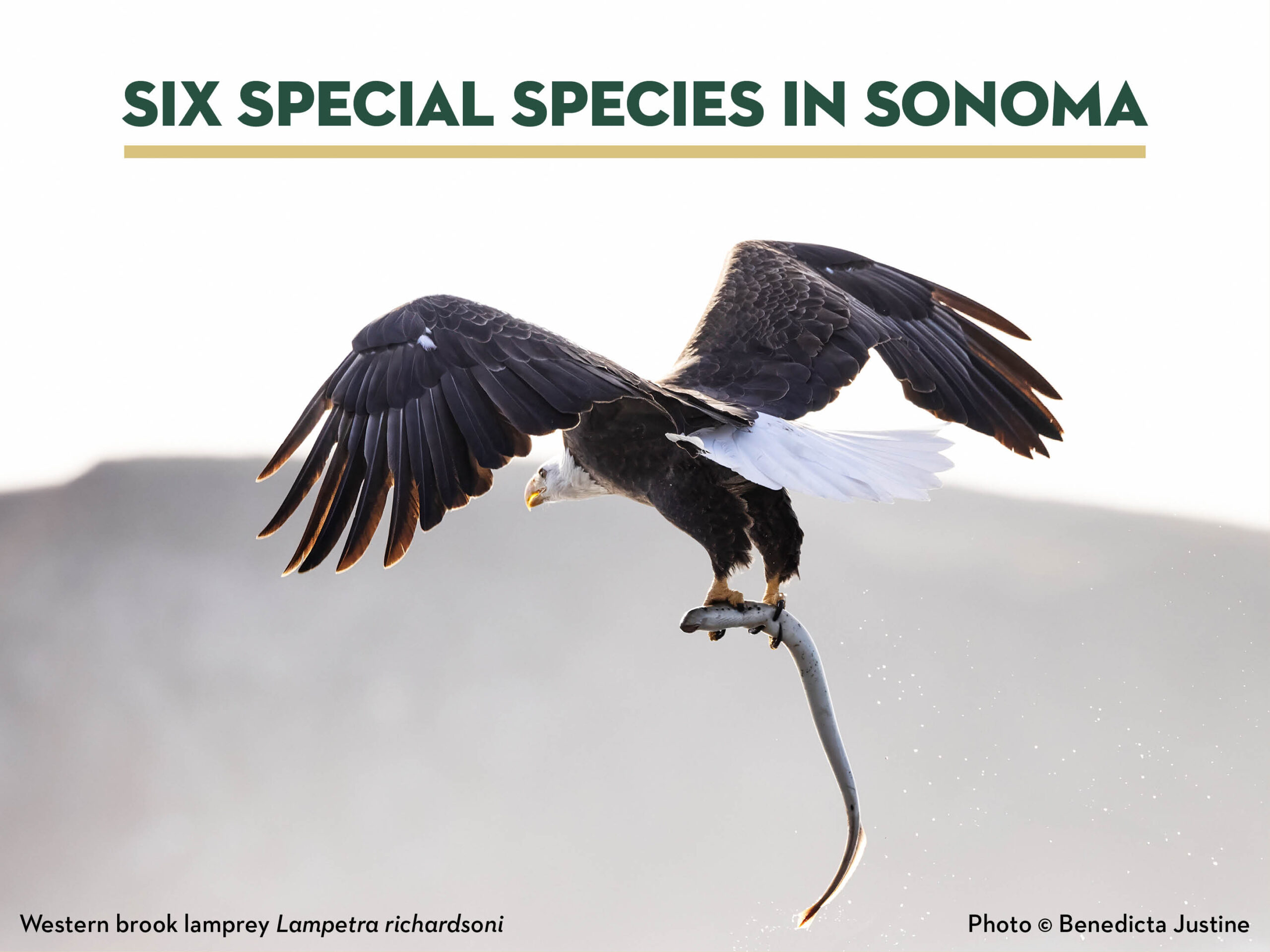
Being listed as a threatened or endangered species isn’t just a label–it’s a call to unify conservation efforts and get involved at the individual level. Here are six threatened species you can see in Sonoma, and what you can do to help them thrive. Restoring their habitat can help other local species too, as well as address the human need for clean water, flood management, and drought resilience.
- The top threats to steelhead trout (Oncorhynchus mykiss) are excessive water diversions that limit water flow, habitat loss and degradation, and climate change. Removing dams along Stuart Creek is a vital part of the local recovery plan, as it reopened a 2.3-mile segment of pristine cold-water habitat.
- Northwestern pond turtles (Chrysemys picta) are proposed for listing as threatened. They need more habitat and less competition from non-native species like bullfrogs, who prey on their hatchlings. We’re helping this species thrive by protecting 1,000 feet of land between spawning ponds and the upland wintering sites at Sonoma Developmental Center.
- One hero of the tidal marsh is the salt marsh harvest mouse (Reithrodontomys raviventris). This pickleweed-loving mammal needs a minimum of 50-100 acres of contiguous high-quality salt marsh to sustain a healthy population. With their endangered status, this mouse also helps unify conservation efforts and secure funding to restore 10,000 acres of tidal wetlands. Those tidal wetlands will also benefit Chinook salmon, ducks, shorebirds, and many more species who depend on tidal wetlands.
- Coastal redwoods (Sequoia sempervirens) are the tallest living tree in the world and their canopies can host entire mini-ecosystems with lush soil mats, ferns, lungless salamanders, and even small trees. These fog drinkers need more of their historic habitat restored, as well as greater fire resilience plans so that catastrophic fires don’t threaten to destroy them. We are protecting redwoods–and all the species that depend on them–by restoring habitat, returning good fire to the landscape, and advocating for climate action.
- Western brook lampreys (Lampetra richardsoni) populations have dwindled primarily because of habitat loss and degradation, as well as because of the introduction of predatory fish species like bass and northern pike. To help these eel-like fish, and the species that depend on them such as the bald eagle (see photo), support larger-scale conservation efforts, and dam removals. Clean, fresh flowing water will help this species recover.
- Ocean acidification is the largest threat to red abalone (Haliotis rufescens) living in kelp forests off the coast. Abalone graze on kelp and by doing so, maintain the underwater forest for marine species such as sea stars, sharks, octopus, and sea otters. We are dedicated to conserving our oceans–and species of abalone–through our 30×30 efforts to protect biodiversity.
When you help one threatened species, you help all the species that are part of that intricate ecosystem, too. And you, your family, and your community benefit by securing access to clean water, clean air, and thriving, balanced ecosystems.
How we recreate healthy habitats for endangered species
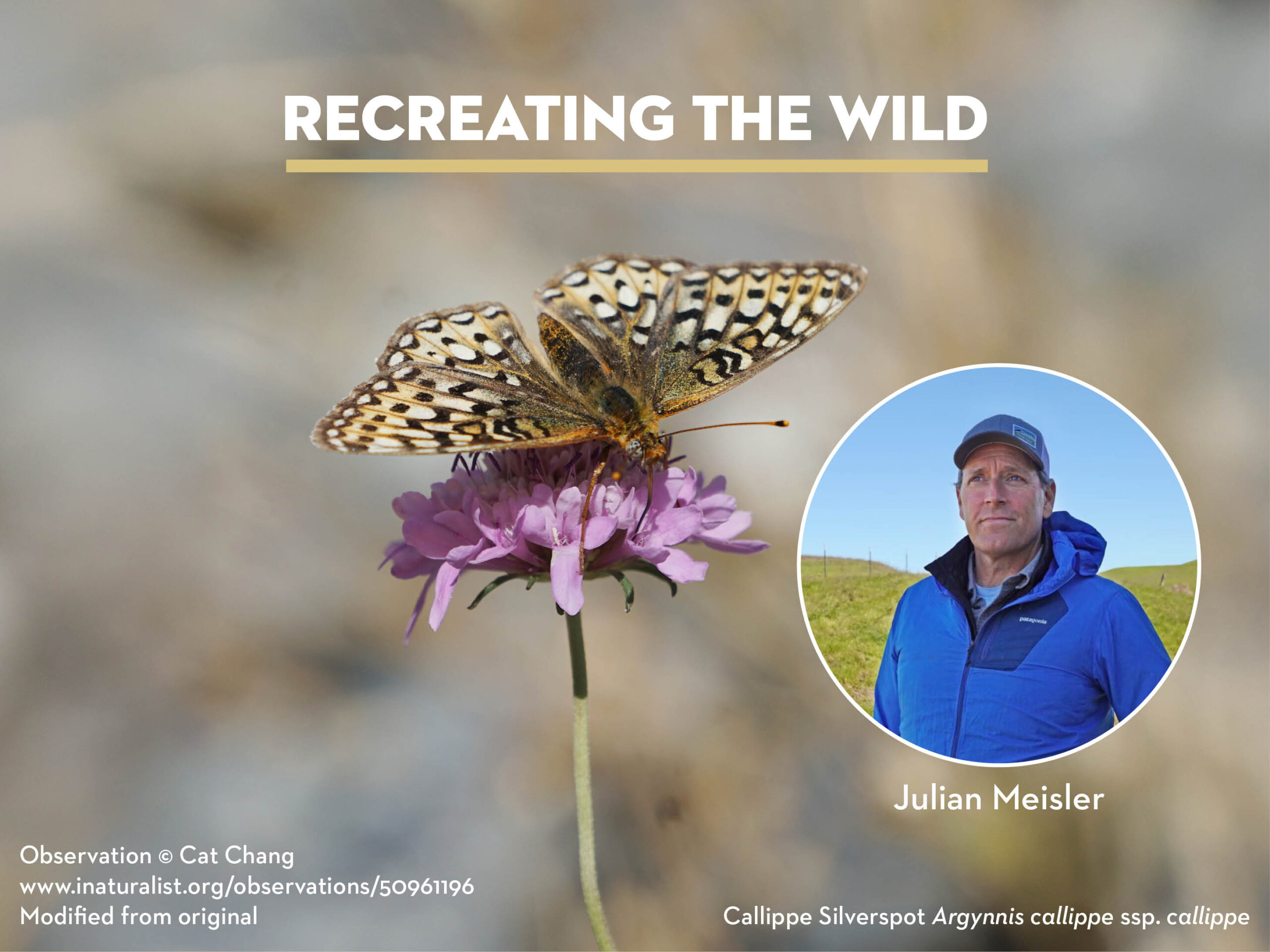
At Sonoma Land Trust, we believe that we have a moral obligation and community responsibility to protect endangered and threatened species. Again and again, we see that working towards a harmonious, ecological balance is good for both people and the planet. For decades, we have worked with researchers and scientists to recreate habitats that mimic the homes of rare, threatened, or endangered species like the burrowing owl, red-legged frog, and the Callippe silverspot butterfly. We design each habitat to meet the needs of the species, and if we get it right, these species have a better chance at survival. Learn more about three species we have been caring for on our preserves from Julian Meisler, associate director of stewardship and the lead manager of our Baylands restoration projects.
At Sears Point Ranch, Callippe silverspot butterfly (Speyeria callippe callippe) larvae await the return of spring, so they can emerge and begin feasting on their favorite food: the juicy leaves of the yellow violet (Viola pedunculata).
“I love talking about the Callippe silverspot butterfly, because they are a great example of how protecting one species can benefit larger ecological communities” reflects Julian Meisler, associate director of stewardship at Sonoma Land Trust. These butterflies need a trifecta to thrive: ample supplies of their food plant (the yellow violet), nectar sources (from native trees such as the California buckeye), and hilly areas to congregate and mate.
“U.S. Fish and Wildlife Service just released their draft recovery plan for this butterfly and we’re already ahead of the game when it comes to intervening before it is too late,” says Meisler.
The Sonoma Baylands are also home to California red-legged frogs (Rana draytonii) and Burrowing Owls (Athene cunicularia), which are federally threatened or candidates for listing, respectively. “We want the Baylands to become a thriving nesting site for the Burrowing Owls, so we’re actively installing artificial burrows to make up for the lack of preexisting burrows that say, a badger or pocket gopher might dig.” The main challenge for these burrows? Protecting them from cattle and keeping the grass low so the owls can see predators and prey.
Lastly, California red-legged frogs need refuges from their primary predator, the American bullfrog. In order to prevent bullfrogs from becoming established, we need ponds that dry each fall. This is because to reproduce, bullfrogs need ponds to stay wet a full year, whereas red-legged frog tadpoles will metamorphose into frogs the same year.
“It’s hard to make breeding habitats that are just right, so we’re helping this sensitive species,” Meisler adds. By simultaneously deepening the existing ponds at Frog Creek and restoring its historic floodplain, we plan to create habitat not only for red-legged frogs, but also a plethora of wetland plants and wildlife.
“So that will be a big priority for us, looking ahead,” Meisler adds.
Tell us what you want to read—take our quick survey now!
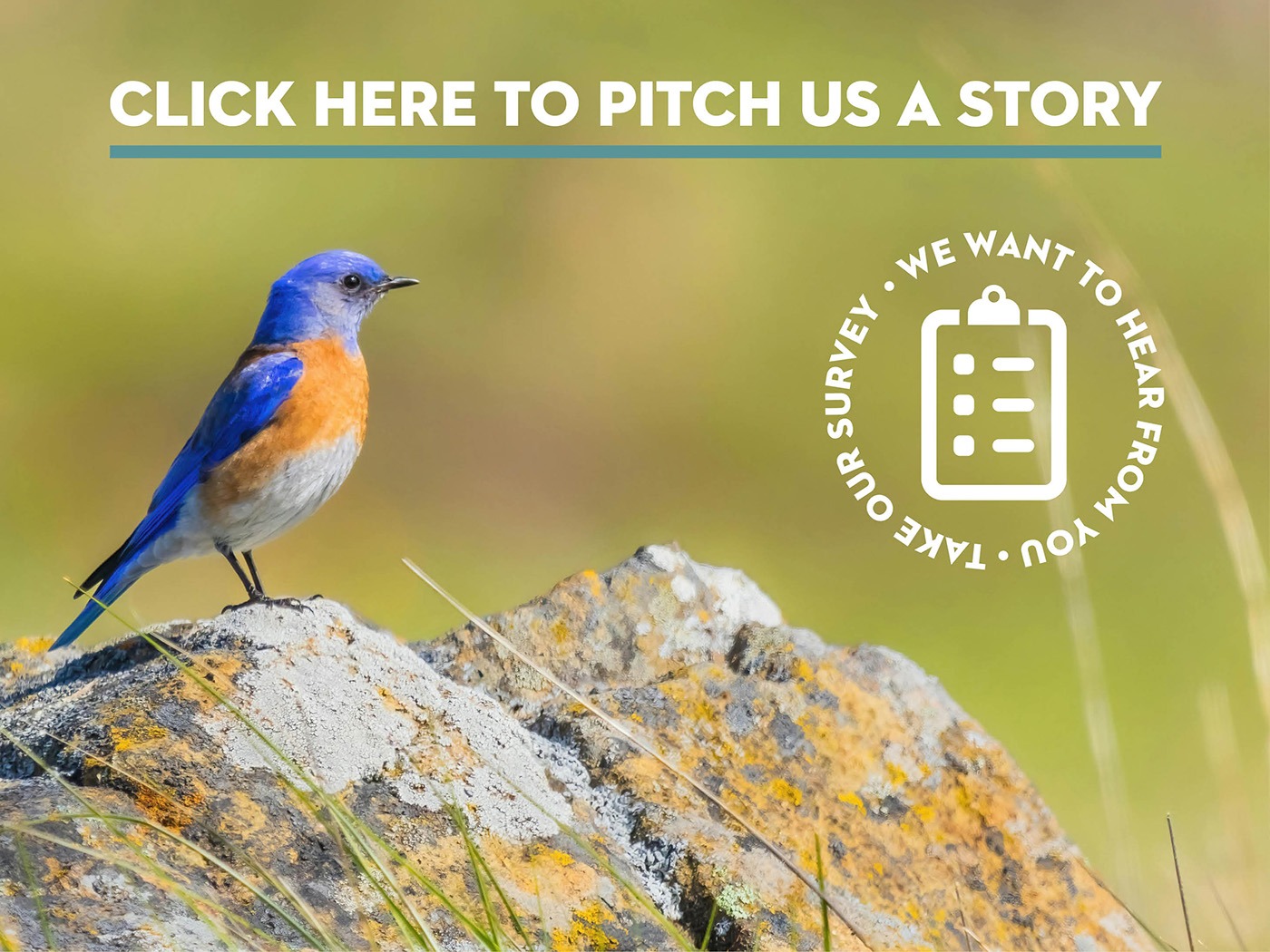
We’d love to know what you’re most interested in reading about in our newsletter. Maybe a sneak peek at upcoming projects or exclusive insights into the biodiversity of our region?
Your feedback helps us deliver content that matters. Take a moment to share your thoughts–we want to hear from you!
Events
Attention all cyclists and cycling enthusiasts!

We invite you to join our 10+ member cycling team for the Green Fondo Climate Ride! There are only a few spots left—so register today. The registration fee is $100, and each rider commits to a $250 fundraising goal, directly supporting our mission. To join our team:
- Go to the Registration Link:
- Select “Join Our Team” to continue
- Choose Sonoma Land Trust as your sole fundraising beneficiary so that all your donations support our mission
- Share and start fundraising!
If you’re unable to ride but still want to support our team and mission, consider donating to our board member and team captain, Gregory Appling’s campaign. Every contribution makes an impact!
Free Language of the Land Webinars
Language of the Land: Climate Change in California

February 26, 6pm
Climate scientist Dr. Daniel Swain will explore what we do and don’t know about climate change in California. We’ll discuss heatwaves, wildfires, and the marine layer—and how impacts in coastal areas may differ from areas farther inland.

Watch On Demand:
Language of the Land: Backyard Birding
Teresa and Miles Tuffli introduce us to the many neighborhood and backyard birds of Sonoma County. Learn about 20 of our local bird species, including how to identify them by sight and sound, some birdwatching basics, and how to continue learning on your own!
Free outings
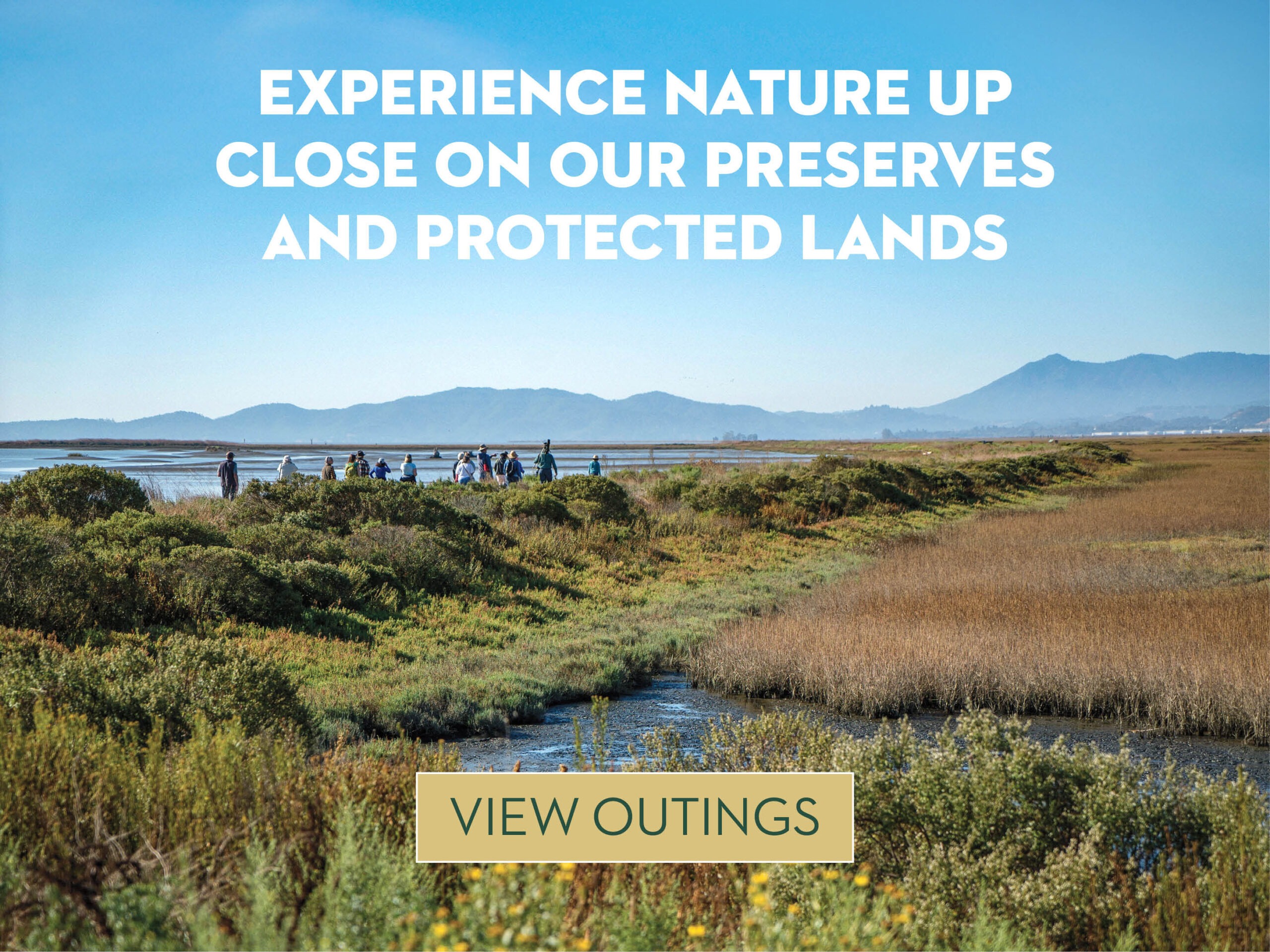
Join us out in nature this month! In addition to our monthly bilingual Familias al Aire Libre/Families Outdoors outing, we’re hosting a series of weekend hikes across the county.
Many of these hikes are in partnership with Sonoma County Ag + Open Space.
Staff recommendation

The Calscape Garden Planner is an invaluable tool for designing a beautiful, water-wise garden with California native plants. With personalized recommendations based on your location, it helps you choose plants that support local wildlife, conserve water, and thrive with minimal maintenance. This user-friendly resource makes it easy to create a vibrant, sustainable garden that benefits both people and nature.
